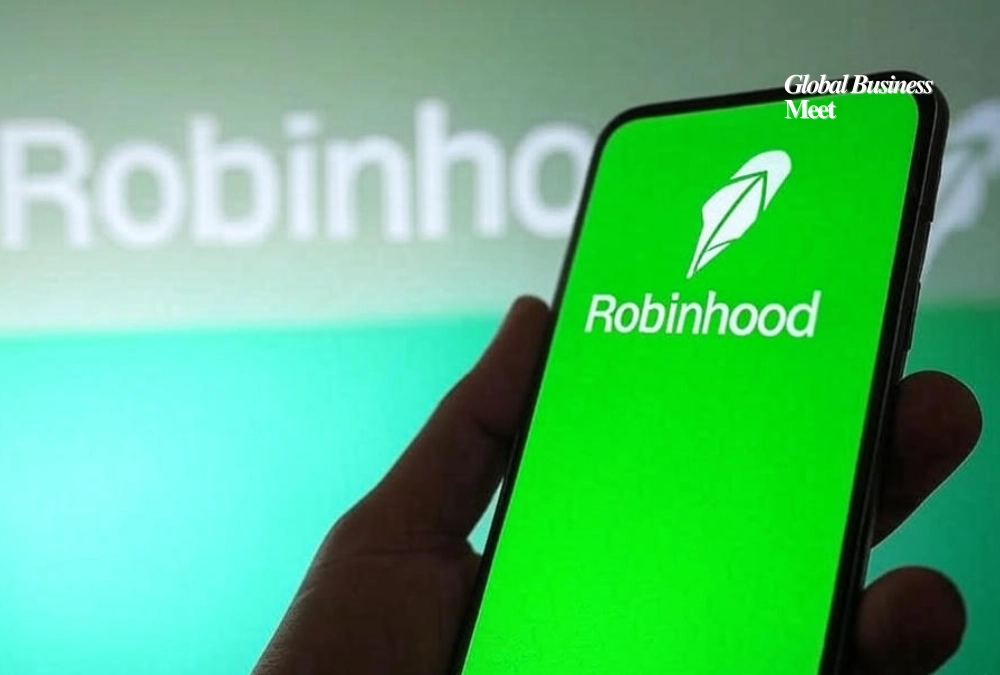
Introducing a Merchant Discount Rate (MDR) on Unified Payments Interface (UPI) transactions could be a revenue generator for fintech companies such as Paytm, but also strengthen competition in the digital payments sector, said Paytm CEO Vijay Shekhar Sharma on Wednesday. Speaking at Paytm’s Q4 FY25 earnings call, Sharma noted that incorporating MDR, a fee that the company cannot levy, would flatten the margin structure with credit and debit card transactions that differ for various merchant categories.
MDR means a charge merchants pay to banks and Payment Service Providers for the processing of Digital Transactions. For now, the merchants are free of UPI transactions as UPI transactions for merchants were zero MDR since January 2020 to push for digital payments. But this has resulted in revenue troubles for payment service providers. If MDR is introduced, the money that comes in will directly come to Paytm’s EBITDA, since the cost of enabling payments is already considered on Paytm’s financials, Sharma said.
Although MDR offers the potential to boost revenue, Sharma cautioned against its introduction, warning that it could add to competition, particularly amongst large merchants and erode net payment margins. The impact would vary based on the merchant segment, with some categories making higher margins than others, he said.
The topic of MDR has become hot recently, and there are considerable discussions on how to reintroduce MDR to build a sustainable digital payments ecosystem. According to proposals, a 0.3% MDR on transactions by way of UPI exceeding INR 2,000 should be levied on merchants if their annual turnover exceeds INR 20 lakh. The idea is to provide for financial inclusion, as well as for a viable revenue model for payment service provider.
Paytm said in its earnings statement that the industry had been expecting MDR on UPI for large merchants and would update its guidance on payment processing margin once more details about, and clarity on, MDR implementation is provided.
Such a potential MDR on UPI transactions can potentially change the game for India’s digital payments landscape with potential implications for revenue models, competition and the larger goal in promoting digital financial inclusion.



































